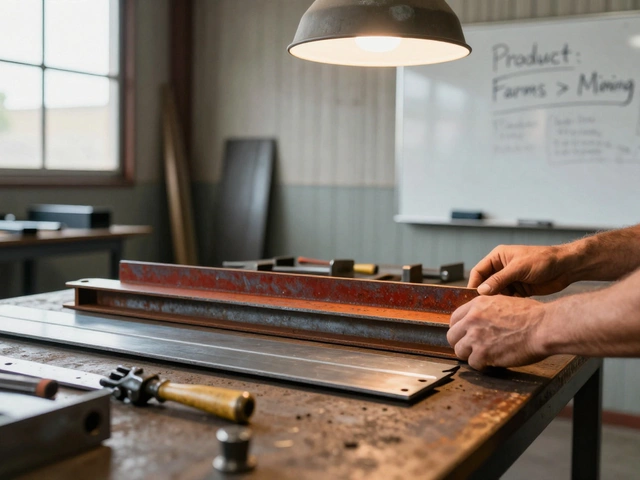Small Scale Business: Real‑World Tips to Get Started and Grow
Thinking about starting a small scale business? You’re not alone. Lots of people want to turn a single idea into a profitable venture, but the first steps can feel fuzzy. Below you’ll find straight‑forward advice that cuts through the noise and gets you moving fast.
Pick the Right Product or Service
The biggest mistake is jumping in without a clear focus. Look at everyday problems around you – a missing product in local markets, an inefficient process you can improve, or a niche that bigger players ignore. Use the "5 M's" – Man, Machine, Material, Method, Measurement – to see if you have the resources to produce it at a small scale. For example, many successful Indian micro‑manufacturers started with a single item like handcrafted furniture or a basic plastic component and expanded once they nailed the process.
Get Licenses, Set Up Shop, and Keep Costs Low
Once the idea is solid, sort out the legal side. A small scale industry in India usually needs a factory licence, GST registration, and sometimes a specific pollution clearance, depending on the product. Don’t wait for every document before you start; get the core ones and grow the rest as you scale. Rent a modest space – a shop floor or a shared workshop – to keep overhead low. Buying second‑hand machines can shave off 30‑40% of your upfront cost while still giving you reliable performance.
Next, map out your production flow. Write down each step, the time it takes, and the material needed. This simple chart helps you spot bottlenecks early and keeps waste down. Remember the 70% rule from flipping: aim to spend no more than 70% of your expected selling price on production. If you’re buying raw material at ₹50 per unit, you should aim to sell the finished product for at least ₹70.
Marketing a small scale business doesn’t require a huge budget. Start with local social media groups, word‑of‑mouth, and a basic website. Highlight what makes your product different – handmade quality, faster delivery, or eco‑friendly material. Use the data from the "Most In‑Demand Products in 2025" article to align your offering with current market cravings.
Finally, keep an eye on cash flow. Track daily expenses, and set aside a small emergency fund – roughly 10% of monthly revenue – for unexpected machine repairs or raw material price spikes. Simple spreadsheet tools work fine; you don’t need fancy ERP software at the beginning.
Running a small scale business is a learning curve, but each mistake teaches you what works. Stay curious, watch trends like the growing demand for sustainable furniture, and adapt quickly. With the right product, clean processes, and smart marketing, your small venture can become a steady income source and maybe the foundation for the next big thing.
How Much Money Do You Really Need to Start a Small Scale Business in 2025?
Ever wondered how much money you actually need to launch a small scale business in 2025? This guide breaks down real numbers, budget tips, and hidden costs for first-time entrepreneurs.
Read More




